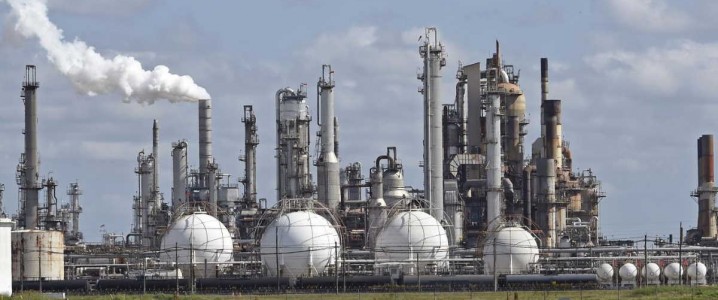Texas Freeze Led To 10.6% Higher Natural Gas Withdrawals

Due to the winter storms in February, net natural gas withdrawals from storage this heating season exceeded the five-year average by 10.6 percent, the Energy Information Administration (EIA) said on Friday.
The first few months of the 2020/2021 winter heating seasons saw milder temperatures than normal, but the cold snap in February resulted in record demand for heating, while wellheads froze and reduced natural gas production in the United States.
As a result, working natural gas in storage in the Lower 48 states as of March 31, 2021—the traditional end of the heating season—totaled 1,778 billion cubic feet (Bcf), which was 1.4 percent less than the five-year average for the end of the heating season, EIA said.
During the winter storms, natural gas production in Texas collapsed by 45 percent, primarily due to freeze-offs. Total U.S. dry natural gas production during the Freeze in Texas and much of the central part of the United States declined by 21 percent, to as low as 69.7 Bcf/d on February 17.
At the same time, just before the Texas Freeze, America was exporting record volumes of liquefied natural gas (LNG) and gas via pipelines, which also contributed to more withdrawals from storage amid low production and record demand for heating.
The extreme winter weather in February resulted in the second-largest natural gas withdrawal ever as demand spiked.
Monthly net withdrawals of natural gas in the Lower 48 states in February totaled 778 Bcf, which the largest amount of natural gas withdrawn during February since 2011, the EIA said. Net withdrawals in February accounted for 37 percent of all withdrawals from natural gas storage during the heating season, compared with 24 percent during the previous five heating seasons. A record amount of natural gas, 156 Bcf, was withdrawn during the week of February 19 in the South Central region, which includes Texas, according to EIA data.




